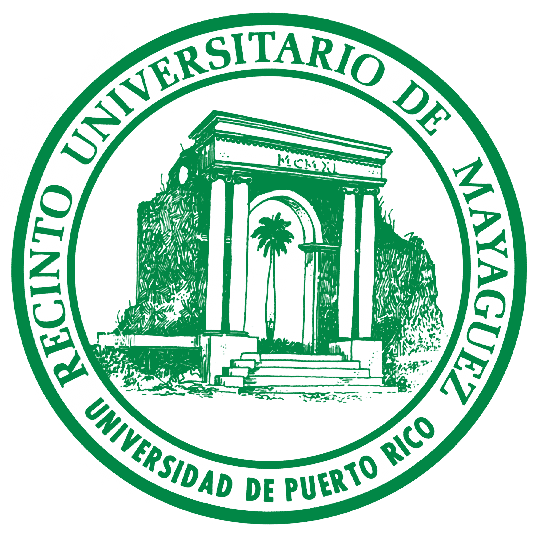Project
Driver and Pedestrian Behavior at Crosswalks in Modern Roundabouts using Virtual Reality
In the United States there are about 7,100 modern roundabouts (Kittelson & Associates, 2020). Roundabouts are generally associated with a reduction in crashes, but pedestrians face crossing difficulties at multi-lane roundabouts and at high volume locations (NASEM, 2010). De Brabander and Vereeck (2007) estimated a 28% increase in injury crashes with vulnerable road users (VRU) on roundabouts when replacing conventional intersections on 30-mph speed limit roads. Positive safety results for pedestrians on single-lane roundabouts and about the same safety level on multi-lane roundabouts as in other intersection types have been reported (Grana, 2011). Roadway lighting, speed limits over 25 mph, traffic controls other than a traffic signal, vehicle type, and pedestrian’s age, impairment, or action, are aspects found to increase pedestrian crash severity on roundabouts (Thomas et al., 2018). Virtual Reality (VR) is an emerging technology used in transportation research to address pedestrian safety issues.
The objective of this research project is to use Virtual Reality (VR) simulation equipment to analyze the behavior of drivers and pedestrians when approaching pedestrian crossing maneuvers on roundabouts. The simulation experiment will be designed in two phases. The first simulation phase will be related to the drivers and the second phase will be related to the pedestrians. Driver behavior will be recorded in the simulator when approaching the entry and exit crosswalks at a roundabout. Head and eye movements of the drivers in the simulator will be tracked to analyze their attention and gaze reactions. The drivers’ eye movements will be used to assess the visibility of pedestrians, as well as the driver reactions when interacting with the pedestrians on the roundabout approaches. The recorded speeds of drivers and their crosswalk yield rates from this experiment will be used to produce traffic behavior on the pedestrian scenarios in the second phase. The VR study in the second phase will analyze how pedestrians make the decision to cross at a roundabout approach when facing different traffic speeds and the location of the crossing. Walking speeds, time gap taken, and crossing success rates will be measured from the VR simulation study.






